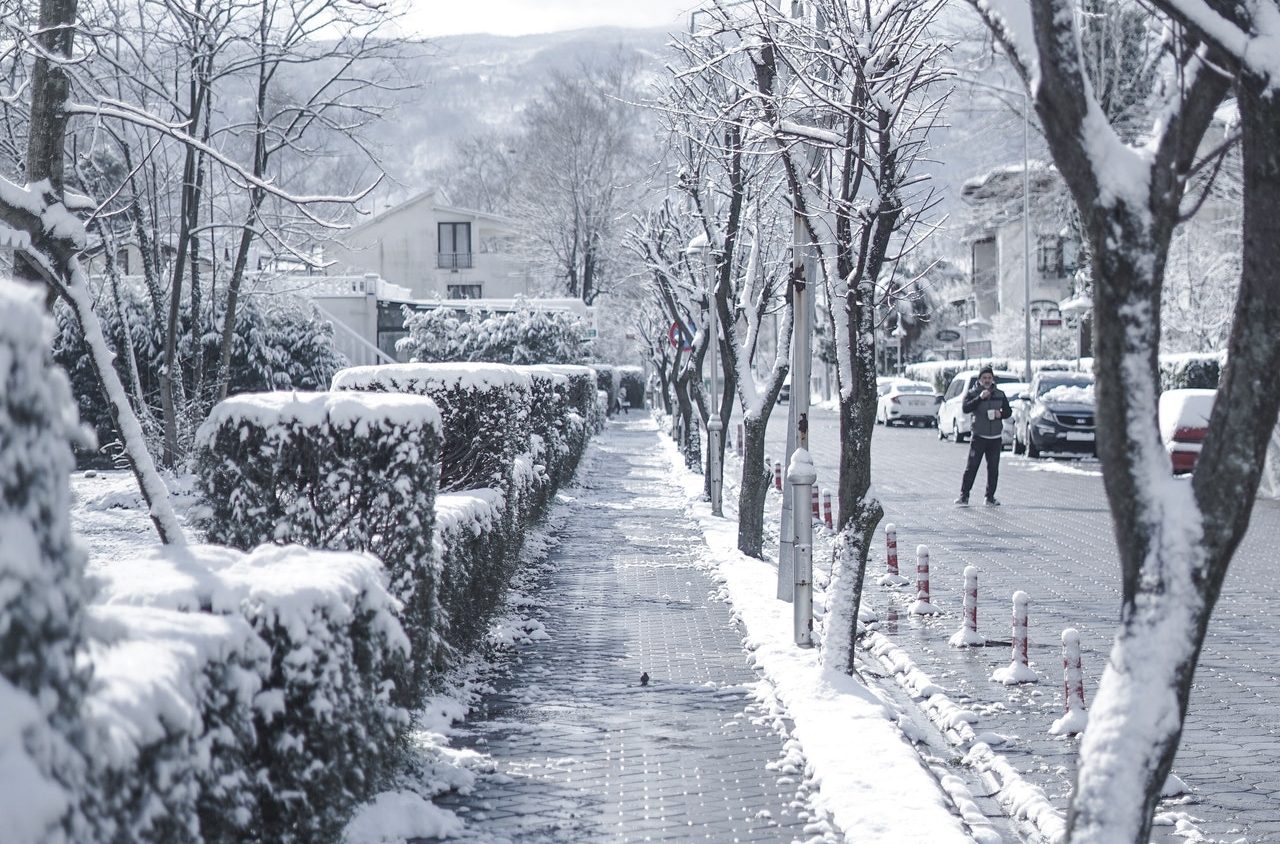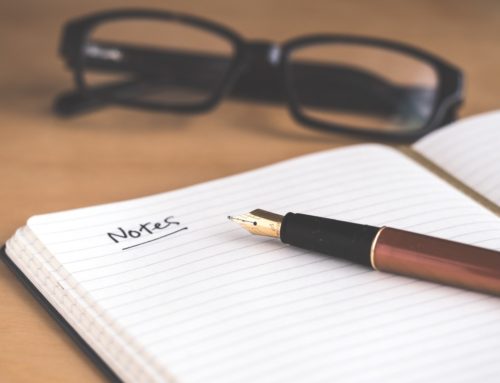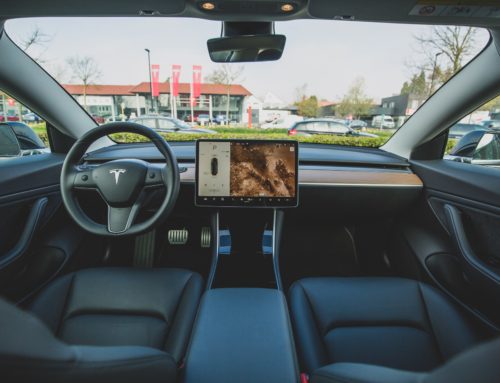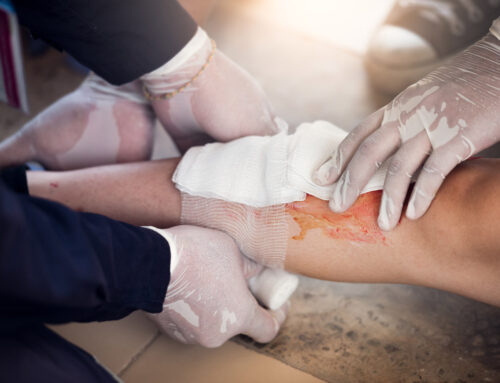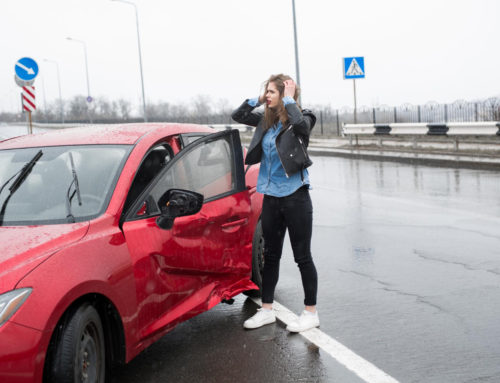Slip and falls mainly happen due to slippery surfaces, which makes winter a prime time for such accidents. Here are some tips to stay safe in the snow and sleet this winter.
During the winter months, slip and fall injuries increase due to the prevalence of snowy and icy conditions. Slip and fall accidents don’t only result in bumps and bruises, but oftentimes a fall can cause a much more serious personal injury. Other complications caused by slip and fall accidents include broken bones, long-term medical complications, head trauma, and spinal cord injuries. Slip and fall injuries are especially dangerous to the elderly.
By following our tips below, you can reduce the likelihood of accidentally slipping and falling this winter.
- Concentrate on where you’re walking.
One of the biggest causes of slipping and falling on ice or snow is not paying attention. Nowadays, many people are glued to their cellphones as they walk down the street, but this is incredibly dangerous in slippery conditions. To have the best chance at maintaining your footing in slippery conditions, make sure to look where you’re going. - Walk slowly and deliberately.
It’s a good idea in slippery winter conditions to plan ahead and give yourself a little extra time to get where you’re going. By taking slow, short steps, you greatly reduce the chances of slipping and falling on icy or slippery surfaces. - Try not to walk with your hands in your pockets.
Walking with your hands in your pockets affects your balance. It also affects your ability to break your fall if you do slip. By keeping your hands out of your pockets when walking in slippery conditions, you greatly reduce the odds of falling or being injured in a fall. - Where possible, avoid slippery surfaces.
It’s not always possible to avoid slippery conditions, but if you can, it’s best to steer clear of icy patches and other obstacles. - Use handrails on stairs or wherever available.
Falling down the stairs can lead to very serious injury or death. By using handrails, when available, you greatly reduce the probability of slipping and falling down a flight of stairs. - Wear shoes with good treading.
It’s important to have traction when walking in slippery conditions. Rubber and neoprene soles with deep or nubby treads provide good traction for walking on ice or snow. It’s best to avoid shoes with plastic, leather, or wooden soles with little to no tread. You can also buy shoe accessories that attach to the soles of your shoes and provide extra traction on ice and other slippery conditions. - When entering a building, remove as much snow and water from your shoes as possible.
This will reduce your risk of slipping on slick floors, and it will also help to prevent others from slipping and falling. Snow, slush, and water tend to accumulate around entranceways in the winter. - Be conscious of slippery floors when entering a building.
Tracked-in snow and slush create slippery conditions near the entrances of buildings. This is dangerous because people often stop being cautious once they enter a building, but slippery conditions can be present both inside and out. - Be careful when getting in and out of automobiles.
Getting in and out of motor vehicles causes you to position yourself at strange angles, which could cause you to be off-balance. Under normal conditions, most people can accomplish this with no problem, but in icy or slippery conditions, off-balance weight distribution can cause you to fall. Use the door frame for support when getting in and out of your automobile. - Look out for black ice in cleared areas.
Dew, fog, mist, and moisture can freeze in cleared areas causing slippery surfaces. Black ice is named as such because it presents itself as a dark spot on the ground, often looking like the ground is just wet. If a spot on the sidewalk looks wet, assume that it’s black ice, and proceed with caution
Our slip-and-fall infographic has all these tips handy in a downloadable PDF. Check it out and keep it on your phone for when you’re on-the-go.
Slip and fall accidents are one of the number one causes of personal injuries. Because of the expensive medical treatments needed for these injuries, the average slip and fall settlement is $15,000-$40,000.
While most slip-and-falls happen from a height of 10 inches or less, it’s still best to play it safe. Slip-and-falls account for 1 million emergency room visits a year, and winter is a prime time for these accidents. Don’t be one in a million, stay safe this winter.
If you or a loved one has experienced an injury due to a slip and fall accident, contact The Pottenger Law Firm and see how we can help. Call 816-531-6006 or contact us here to schedule your no-cost initial consultation for free legal advice from an experienced Kansas City personal injury attorney near you.


